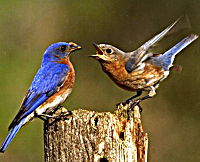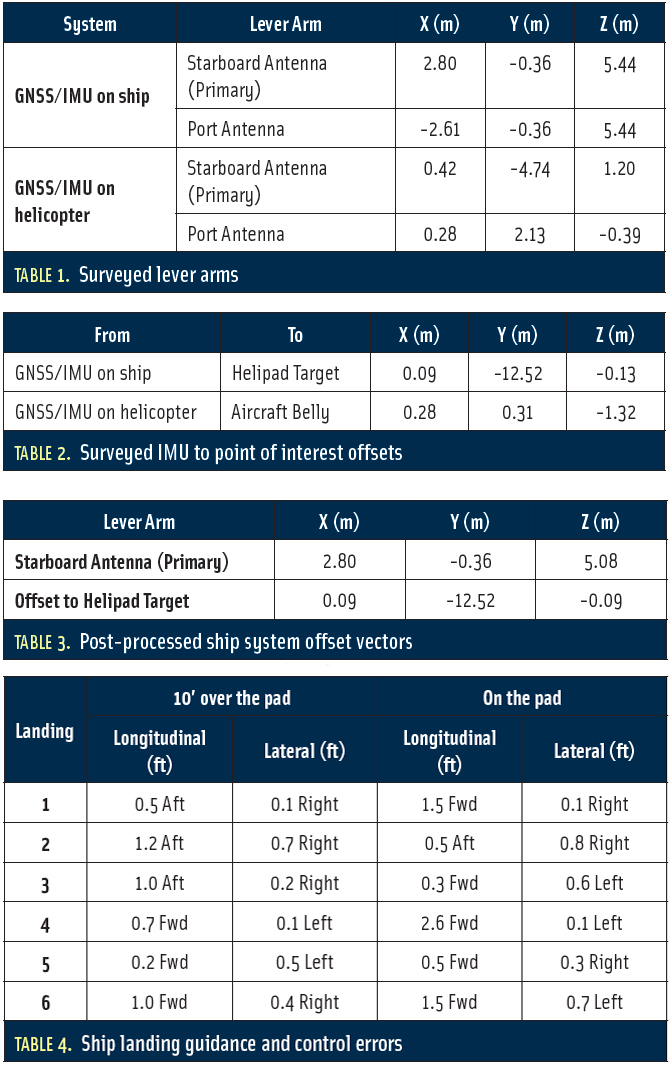
Listening to today’s panel discussion on GNSS spectrum issues — with the hopeful subtitle, “A Place Where Competitors Become Colleagues?” — brought to mind a metaphorical description of the GPS signal environment that I heard recently.
The Munich Satnav Summit discussion revolved around the growing pressure on GNSS from other RF users, such as LightSquared, desiring to set up in radionavigation satellite system (RNSS bands).
Somewhat embellished, the description was this:
Listening to today’s panel discussion on GNSS spectrum issues — with the hopeful subtitle, “A Place Where Competitors Become Colleagues?” — brought to mind a metaphorical description of the GPS signal environment that I heard recently.
The Munich Satnav Summit discussion revolved around the growing pressure on GNSS from other RF users, such as LightSquared, desiring to set up in radionavigation satellite system (RNSS bands).
Somewhat embellished, the description was this:
Imagine yourself wandering into New York’s Central Park, perhaps on a weekend when traffic is banned from the inner roads. You wind your way slowly into a remote section in the center of the park and sit down on a bench. The distant traffic from streets around the park makes a barely perceptible buzz. It’s so quiet that you are able to hear the warble a songbird in a far-off tree. That’s GPS or some other GNSS signal.
Then into this bucolic scene, someone comes along and sits down beside you with a boom box blaring out heavy metal or rap (or pick the egregious music of your choice). That’s the typical telecom or other active RF transmission.
Needless to say, in such circumstances it’s no longer possible to hear the bird’s song.





